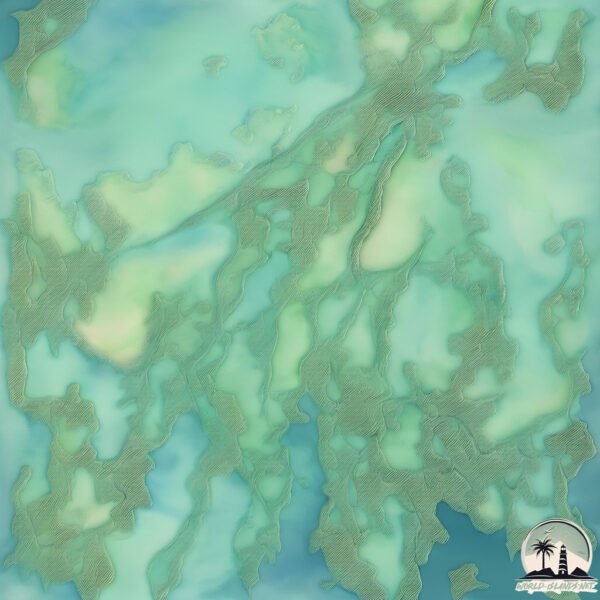Welcome to Westport , a Continental island in the North Atlantic Ocean, part of the majestic Atlantic Ocean. This guide offers a comprehensive overview of what makes Westport unique – from its geography and climate to its population, infrastructure, and beyond. Dive into the details:
Geography and size of Westport
Size: 23.8 km²Coastline: 55.5 kmOcean: Atlantic OceanSea: North Atlantic OceanContinent: North America
Westport is a Medium Island spanning 24 km² with a coastline of 56 km.
Archipel: –
Tectonic Plate: North America – Covers North America and parts of the Atlantic and Arctic Oceans, characterized by diverse geological features and varying levels of seismic activity.
The geographic heart of the island is pinpointed at these coordinates:
Climate and weather of Westport
Climate Zone: ContinentalClimate Details: Warm-Summer Humid Continental ClimateTemperature: Warm Summer
Climate Characteristics: Features warm summers and cold winters with consistent precipitation, common in higher latitudes.
Topography and nature of Westport
Timezone: UTC-05:00Timezone places: America/New_YorkMax. Elevation: 40 m Mean Elevation: 23 mVegetation: Mixed ForestTree Coverage: 85%
The mean elevation is 23 m. The highest elevation on the island reaches approximately 40 meters above sea level. The island is characterized by Plains: Flat, low-lying lands characterized by a maximum elevation of up to 200 meters. On islands, plains are typically coastal lowlands or central flat areas.
Dominating Vegetation: Mixed Forest
Vegetation: 9 vegetation zones – Very Highly Diverse Island
Infrastructure and Travelling to Westport
Does the island have a public airport? no .
Does the island have a major port? no .
The mean population of Westport is 31 per km². Westport is Gently Populated. The island belongs to United States of America .
Continuing your journey, Southport is the next notable island, situated merely km away.
Westport Island, ME
Our vacation at the Stilt house on Westport Island.
Westport Island, ME
Our vacation at the Stilt house on Westport Island.
Our vacation at the Stilt house on Westport Island.
A local baker in Westport Island, Maine has crowds flocking to sample her desserts
A local baker in Westport Island, Maine has crowds flocking to sample ...
A local baker in Westport Island, Maine has crowds flocking to sample her desserts Subscribe to WCVB on YouTube now for ...
Westport Island Pottery
A cool 360 view of Westport Island Pottery.
A cool 360 view of Westport Island Pottery.
United States of America is classified as Developed region: G7: Group of Seven – Major advanced economies, including Canada, France, Germany, Italy, Japan, the United Kingdom, and the United States. The level of income is High income: OECD.
News – Latest Updates and Headlines from Westport
Stay informed with the most recent news and important headlines from Westport. Here’s a roundup of the latest developments.
Loading...
Please note: The data used here has been primarily extracted from satellite readings. Deviations from exact values may occur, particularly regarding the height of elevations and population density. Land area and coastline measurements refer to average values at mean high tide.

